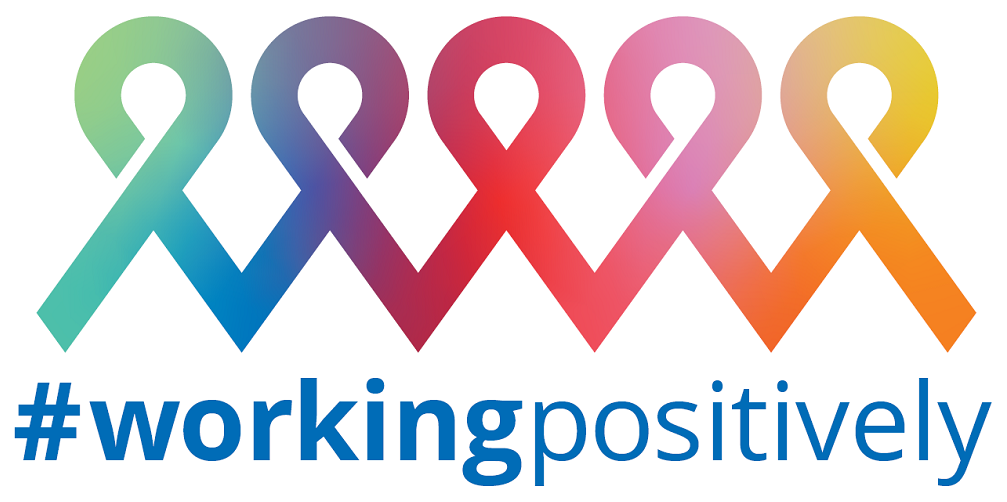5G
Why the 5G Revolution Needs More than Fiber, Spectrum and Gadgets
March 7, 2019 | Written by: Steve Canepa
Categorized: 5G
Share this post:
 Last week’s Mobile World Congress in Barcelona spoke to the huge potential of 5G to transform both businesses and lives. The next generation of high-speed, low-latency connectivity promises to usher in a new era of highly contextualized, personalized and high-fidelity experiences that will help turn once far-fetched scenarios into reality. It lays the foundation of everything from self-driving cars, to remote surgery, to digital cities, to connected events and industries.
Last week’s Mobile World Congress in Barcelona spoke to the huge potential of 5G to transform both businesses and lives. The next generation of high-speed, low-latency connectivity promises to usher in a new era of highly contextualized, personalized and high-fidelity experiences that will help turn once far-fetched scenarios into reality. It lays the foundation of everything from self-driving cars, to remote surgery, to digital cities, to connected events and industries.
However, the promise of 5G doesn’t just depend on ultra-low latency networks and the emergence of next-generation apps and devices that are currently in the making. For businesses to prepare for the 5G era and ensure that processes and data run at lightning speed across their organizations, they need advanced levels of integration, automation and security across multiple cloud platforms and AI enhanced systems.
To succeed in the 5G era, companies need a hybrid, multi-cloud approach to connect their on-premise systems to various cloud platforms and providers. They need automation technologies to help speed up processes and decision making across organizations. And they need to be able to manage various AI technologies and approaches to take full advantage of the data inside their enterprise while capitalizing on the rapidly growing trove of data coming from their network connections through a myriad of systems, devices and sensors.
This open, holistic approach will not only allow telcos to reduce operating costs, but also accelerate innovation. During the early days of the mobile boom, telcos learned a harsh lesson when they lost subscribers to IP services and app stores and a new generation of mobile developers migrated to new platforms. To succeed in the 5G era, they will need to empower robust ecosystems of developers and partners by providing open, agile and collaborative platforms that marry both virtualized network and application services.
To create the integrated innovation ecosystem that’s needed for 5G, IBM is leveraging partnerships with leading telco companies around the globe, such as Vodafone, AT&T, Verizon and others.
For instance, in January IBM and Vodafone Business announced that they have entered into a new strategic commercial agreement to provide enterprise clients with the open, flexible technologies they need to integrate multiple clouds and prepare for the next wave of digital transformation.
Together, IBM and Vodafone Business will help organizations remove the complexity from their technology infrastructures and ensure that data and applications flow freely and securely across their organizations. The companies will also co-develop new digital solutions, combining the strengths of Vodafone’s leadership in IoT, 5G, and edge computing with IBM’s multi-cloud expertise and professional services capabilities.
As an example of the new potential and next-gen business services, consider KONE – a leading manufacturer of elevators and escalators. Today KONE is already tapping IBM Watson IoT to help to improve mobility through the help of predictive maintenance analytics. KONE’s IoT technology can constantly monitor up to 200 critical parameters of KONE equipment, such as door operations, stopping accuracy, and other mechanical data. Instead of doing physical checks every few months, KONE can now check dozens of parameters every day 24/7 on all networked gear, which can lead to a 25% improvement in first time fix, less downtime and fewer customer complaints.
5G will provide huge benefits to all types of industrial clients – helping humans and machines to work closer together, improving flexibility in production, creating safer working environments and providing engineers with powerful augmented reality apps that help them to identify and repair faults more quickly.
The speed, pervasiveness and data richness of 5G will place even greater importance on the security and reliability of a telco’s IT systems. Luckily AI can help. Machine learning technologies are able to identify and mitigate risks before they turn into problems that could impact the availability of real-time services. At Danske Bank in the Nordics, immediately after the implementation of machine learning, the number of major incidents across the bank’s distributed infrastructure declined dramatically. In the world of telco, where the network cannot go down, self-healing systems are critical. 5G scenarios such as remote surgery will only increase that imperative.
The 5G era is full of possibilities for innovation, but to capture the full value telcos and their enterprise customers need to prepare now to ensure that their business systems can run as fast, freely and securely as the data traversing their mobile networks.

IBM Global Managing Director for the Communications Sector
Making the workplace safe for employees living with HIV
The recent promising news about Covid-19 vaccines is in sharp contrast to the absence of a vaccine for HIV, despite decades of research. Unlike Covid-19 with a single viral isolate that shows minimal diversity, HIV circulates in a wide range of strains that so far have proven impervious to a single vaccine. Fortunately, more people […]
Call for Code for Racial Justice Needs You: Join the Movement
IBM has never avoided taking on big challenges. At IBM, we are privileged to drive impact at scale. We take on challenges that transform our clients, impact people’s lives and innovate for future generations as we strive to effect systematic societal change. Over the course of our 109-year history, the evidence has become clear that […]
A New Wave: Transforming Our Understanding of Ocean Health
Humans have been plying the seas throughout history. But it wasn’t until the late 19th century that we began to truly study the ocean itself. An expedition in 1872 to 1876, by the Challenger, a converted Royal Navy gunship, traveled nearly 70,000 nautical miles and catalogued over 4,000 previously unknown species, building the foundations for modern […]


